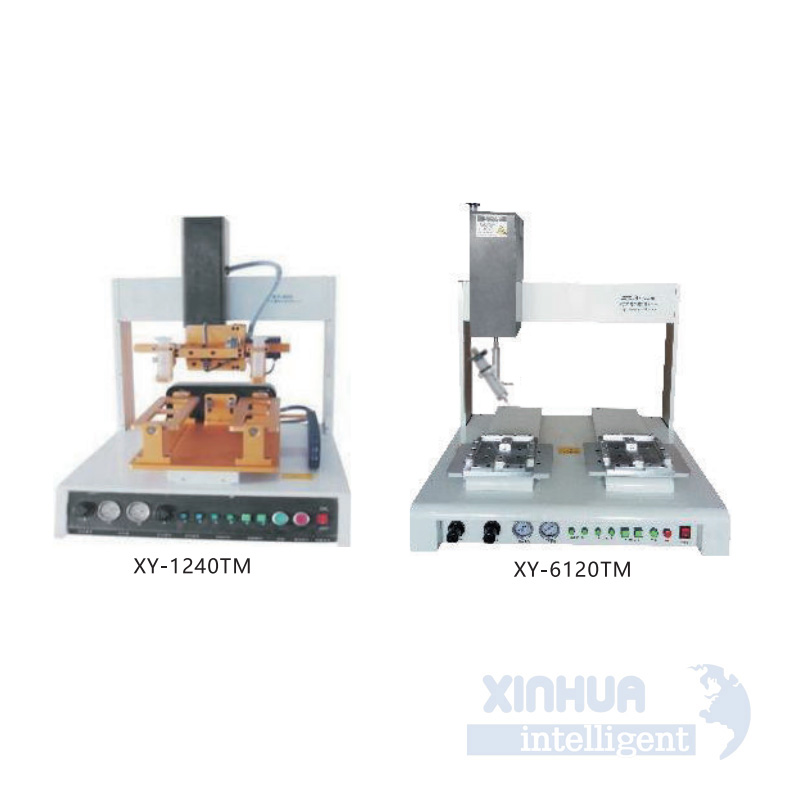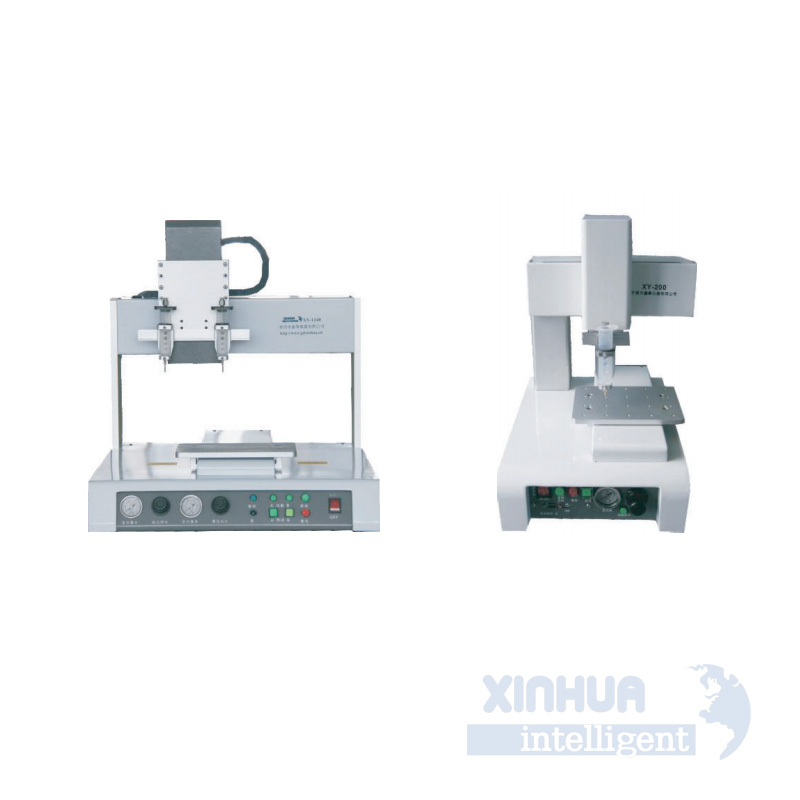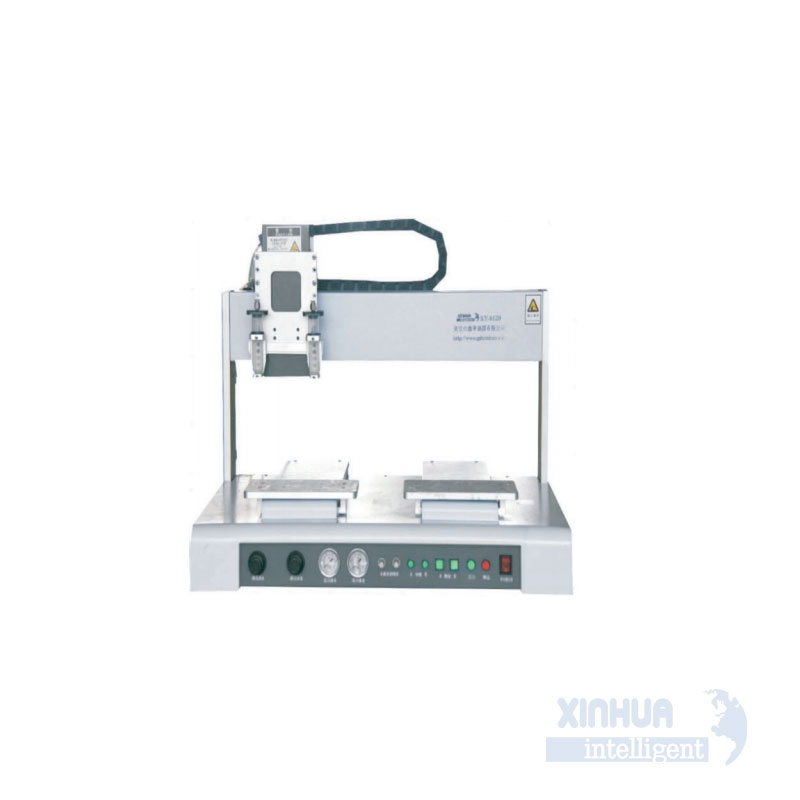
UV Curing Chambers for Electronics: Overcoming Challenges and Enhancing Precision Manufacturing

In the fast-evolving world of electronics manufacturing, precision, speed, and reliability are not just goals—they are expectations. As electronic components become smaller, more complex, and increasingly integrated into critical systems, manufacturers must ensure every stage of production meets exacting standards. One such crucial stage is the curing of adhesives, coatings, and encapsulants used to protect and bond sensitive electronic components.
Ultraviolet (UV) curing chambers have emerged as a preferred solution for this task due to their speed, energy efficiency, and ability to deliver consistent, high-quality results. However, like any advanced manufacturing technology, UV curing in electronics presents its own set of challenges. In this article, we explore the common pain points associated with UV curing chambers in electronics manufacturing, examine practical and technical solutions, highlight real-world applications, and conclude with how Xinhua Intelligent can provide tailored support for your UV curing needs.
—
1. Common Pain Points or Challenges
Despite the advantages that UV curing brings to electronics manufacturing, several challenges can hinder optimal performance and process reliability:
A. Inconsistent Cure Quality
One of the most prevalent issues is inconsistent cure quality across batches or within individual components. This can result from uneven UV light distribution, shadowing caused by component geometry, or improper exposure time. Inconsistent curing can lead to weak bonds, incomplete polymerization, or compromised protective layers—ultimately affecting product reliability.
B. Material Compatibility Issues
Not all UV-curable materials behave the same way under UV exposure. Differences in chemical composition, transparency, and thickness can affect how well a material cures. Some formulations may degrade under UV radiation, while others may require specific wavelengths or intensities to activate properly.
C. Thermal Sensitivity of Components
Electronic components, especially those with micro-scale features or temperature-sensitive substrates, can be damaged by excessive heat generated during UV curing. Although UV curing is generally considered a low-heat process compared to thermal ovens, certain high-intensity lamps or prolonged exposure can still cause thermal stress.
D. Process Integration and Automation Challenges
Integrating UV curing into existing automated production lines can be complex. Synchronization with upstream and downstream processes, ensuring proper fixturing, and maintaining throughput without compromising quality are ongoing concerns for manufacturers seeking seamless integration.
E. Equipment Maintenance and Lifespan
Traditional UV lamps degrade over time, leading to fluctuating output intensity and requiring frequent replacements. This not only affects process consistency but also increases maintenance costs and downtime.
—
2. Practical and Technical Solutions
To overcome these challenges, modern UV curing chamber design and operation have evolved significantly. Here’s how industry leaders are addressing each issue:

A. Advanced Optical Engineering for Uniform Exposure
To combat uneven curing, manufacturers now use chambers equipped with multi-axis reflectors, diffusers, and programmable lamp arrays. These systems ensure uniform light distribution across the entire workpiece, even in complex geometries. Additionally, rotating fixtures or robotic arms can help expose shadowed areas to UV light from multiple angles.
B. Spectral Tuning and LED-Based UV Systems
The adoption of UV LEDs has revolutionized curing technology. Unlike traditional mercury vapor lamps, UV LEDs emit narrow-band wavelengths that can be precisely matched to the absorption spectrum of the curable material. This allows for faster, more efficient curing and reduces the risk of material degradation. Moreover, UV LEDs generate less heat, making them ideal for thermally sensitive components.
C. Closed-Loop Monitoring and Control Systems
Modern UV curing chambers incorporate sensors and control systems that monitor key parameters in real-time—such as irradiance, temperature, and exposure duration. These systems automatically adjust lamp intensity or conveyor speeds to maintain consistent curing conditions, minimizing batch-to-batch variability.
D. Modular Design for Seamless Integration
To ease integration into automated production lines, UV curing systems are now designed with modularity in mind. Features like conveyor compatibility, PLC interfacing, and standardized communication protocols (e.g., EtherCAT, Modbus) allow for easy synchronization with pick-and-place robots, AOI systems, and other inline equipment.
E. Predictive Maintenance and Smart Diagnostics
With Industry 4.0 technologies, UV curing chambers now come with built-in diagnostics and predictive maintenance capabilities. These systems track lamp life, cooling efficiency, and system performance metrics, alerting operators before failures occur. This proactive approach minimizes downtime and extends equipment lifespan.
—
3. Real-World Applications
The benefits of advanced UV curing chambers are best illustrated through real-world applications across various segments of the electronics industry:
A. Semiconductor Packaging
In semiconductor manufacturing, UV curing is used to bond die attach films, encapsulate chips, and apply underfill materials. The precision and minimal thermal impact of UV LED curing make it ideal for protecting delicate wire bonds and preventing delamination in flip-chip packaging.
B. Flexible and Rigid-Flex PCB Assembly
Flexible printed circuit boards (FPCs) and rigid-flex PCBs often require conformal coatings and adhesive bonding that traditional curing methods cannot accommodate. UV curing provides rapid, localized curing without damaging flexible substrates like polyimide or polyester.
C. Optoelectronics and Sensor Modules
Components such as optical sensors, LiDAR modules, and camera lenses rely on transparent adhesives and potting compounds that need precise UV exposure to achieve clarity and mechanical integrity. UV curing ensures that these materials cure uniformly without introducing bubbles or haze.
D. Medical Device Electronics
Medical devices demand biocompatible, sterilizable materials that often require UV curing for assembly. From implantable devices to diagnostic equipment, UV curing chambers offer cleanroom-compatible environments and validated processes that meet ISO 13485 and FDA standards.
E. Automotive Electronics
As vehicles become more connected and autonomous, the demand for reliable electronic assemblies has surged. UV curing is used extensively in automotive electronics for sealing connectors, bonding displays, and encapsulating control units exposed to harsh environmental conditions.
—
4. Conclusion and Call to Action
UV curing chambers have become indispensable tools in modern electronics manufacturing, offering unmatched speed, precision, and adaptability. However, to fully leverage their potential, manufacturers must address inherent challenges related to uniformity, material compatibility, thermal sensitivity, and integration complexity.
By adopting advanced UV LED technology, intelligent monitoring systems, and modular automation-ready designs, companies can achieve consistent, high-quality results across a wide range of applications—from semiconductors to medical devices.
At Xinhua Intelligent, we specialize in delivering cutting-edge UV curing solutions tailored to the evolving needs of the electronics industry. Our comprehensive line of UV curing chambers combines state-of-the-art engineering with user-friendly controls, ensuring optimal performance, reliability, and scalability for both R&D and high-volume production environments.
Whether you’re assembling microelectronics, developing next-generation IoT devices, or optimizing your current production line, Xinhua Intelligent offers expert consultation, customized system design, and post-installation support to help you succeed.
Contact us today to learn how our UV curing chambers can enhance your manufacturing process and elevate the quality of your electronic products.

—
Ready to upgrade your UV curing capabilities? Visit [www.xinhuintelligent.com](http://www.xinhuintelligent.com) or reach out to our team at sales@xinhuintelligent.com.
